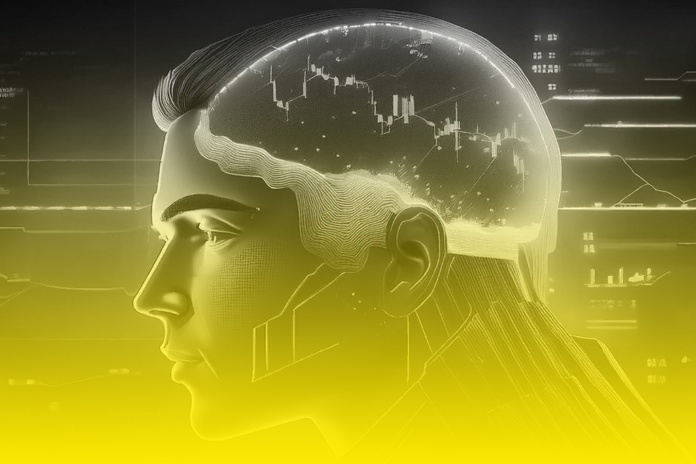Understanding Economic Cycles: Recession, Recovery, and Growth Phases
Economic cycles refer to the natural rise and fall of economic activity over time, characterized by periods of expansion and contraction. Understanding these cycles is crucial for making informed investment and trading decisions in the forex market. Here’s a comprehensive guide to the phases of economic cycles and their implications:
1. Overview of Economic Cycles
1.1. What is an Economic Cycle?
- Definition: Economic cycles are fluctuations in economic activity that occur over time, typically consisting of four main phases: expansion, peak, contraction, and trough.
- Key Components: These cycles are influenced by various factors, including consumer spending, business investment, government policies, and external shocks.
1.2. Phases of Economic Cycles
- Expansion: Period of increasing economic activity and growth.
- Peak: The point at which economic growth reaches its highest level before turning downwards.
- Contraction: Period of decreasing economic activity and decline.
- Trough: The lowest point of the economic cycle before growth resumes.
2. Recession
2.1. Definition and Characteristics
- Recession: A period of economic decline where the GDP contracts for two consecutive quarters or more. It is marked by reduced consumer spending, lower business investment, and higher unemployment.
- Key Indicators: Declining GDP, rising unemployment, falling industrial production, and reduced consumer confidence.
2.2. Impact on Forex Market
- Currency Depreciation: Currencies of countries experiencing a recession may weaken as economic performance declines and central banks might implement lower interest rates to stimulate growth.
- Flight to Safety: Investors may shift capital to safer currencies, such as the USD or CHF, during global recessions, impacting currency values.
2.3. Example
- Global Financial Crisis (2008-2009): Many economies, including the Eurozone and the UK, experienced recessions, leading to currency depreciations and increased volatility in forex markets.
3. Recovery
3.1. Definition and Characteristics
- Recovery: The phase following a recession where economic activity begins to improve. It is characterized by rising GDP, increasing consumer and business confidence, and improving employment figures.
- Key Indicators: Increasing GDP growth, declining unemployment, rising industrial output, and improving consumer confidence.
3.2. Impact on Forex Market
- Currency Appreciation: Currencies of countries in recovery may strengthen as economic conditions improve and investor confidence returns. Central banks might begin to raise interest rates in response to economic growth.
- Investment Flows: Increased foreign investment and capital inflows may support currency appreciation.
2.3. Example
- Post-Pandemic Recovery (2020-2021): After the COVID-19 recession, many countries experienced a recovery phase with improving economic indicators and rising currency values as confidence returned.
4. Growth
4.1. Definition and Characteristics
- Growth: A phase characterized by robust economic expansion, increasing employment, rising consumer spending, and business investments.
- Key Indicators: High GDP growth rates, low unemployment, strong consumer spending, and rising business investments.
4.2. Impact on Forex Market
- Currency Strengthening: Currencies of countries experiencing strong economic growth may appreciate as higher interest rates attract investment and economic conditions lead to greater demand for the currency.
- Central Bank Policies: Central banks may tighten monetary policy to manage inflation and prevent the economy from overheating, impacting interest rates and currency values.
4.3. Example
- Economic Expansion (2003-2007): Prior to the global financial crisis, many economies experienced strong growth, leading to currency appreciation and higher interest rates.
5. Peak
5.1. Definition and Characteristics
- Peak: The point at which economic growth reaches its highest level before starting to decline. It marks the transition from growth to contraction.
- Key Indicators: Maximum GDP growth, high employment levels, peak consumer and business confidence.
5.2. Impact on Forex Market
- Currency Volatility: At the peak, currency markets may experience volatility as investors anticipate the transition to a contraction phase and adjust their positions accordingly.
- Market Sentiment: Expectations of an impending slowdown can lead to shifts in investment flows and impact currency values.
5.3. Example
- Dot-com Bubble (1999-2000): The peak of the dot-com bubble was marked by high economic growth and investor optimism before the subsequent contraction.
6. Practical Applications for Traders
6.1. Economic Indicators to Monitor
- GDP Reports: Regularly review GDP data to identify current economic conditions and forecast potential shifts in the cycle.
- Employment Data: Track employment figures and job growth to gauge economic strength.
- Consumer Confidence: Monitor consumer sentiment indices to assess economic health.
6.2. Impact on Trading Strategies
- Recession: Focus on safe-haven currencies and adjust trading strategies to account for potential currency depreciations.
- Recovery and Growth: Look for opportunities in currencies of countries experiencing strong economic performance and rising interest rates.
- Peak: Be cautious of potential volatility and consider adjusting positions to manage risk.
6.3. Economic Cycle Forecasting
- Analysis Tools: Use economic forecasts, central bank statements, and macroeconomic data to anticipate changes in economic cycles and adjust trading strategies accordingly.
Conclusion
Understanding economic cycles—recession, recovery, and growth—is essential for forex traders to make informed decisions. By analyzing economic indicators and their impact on currency values, traders can better anticipate market movements and adjust their strategies to capitalize on different phases of the economic cycle. Keeping abreast of economic conditions and central bank policies will enhance your ability to navigate the forex market effectively.



